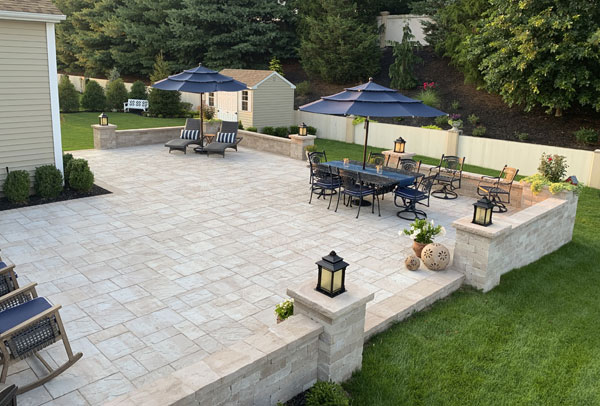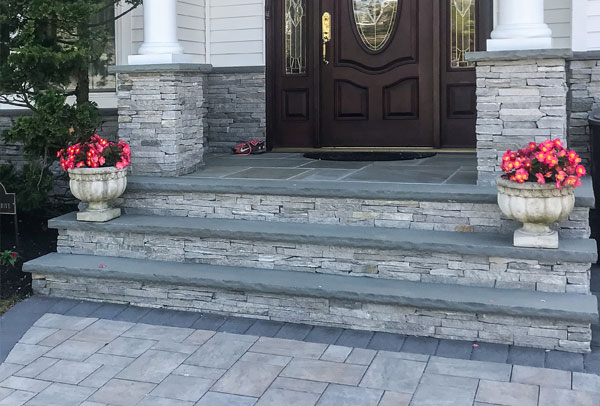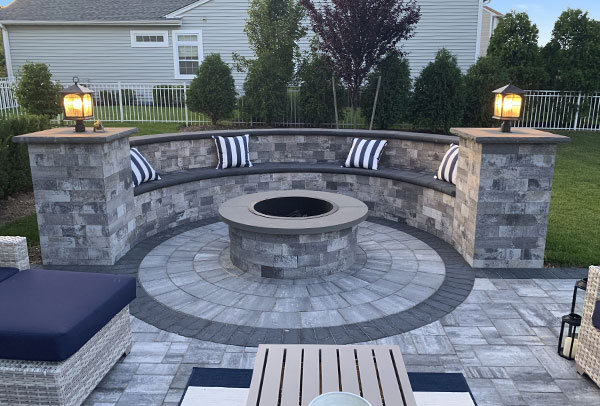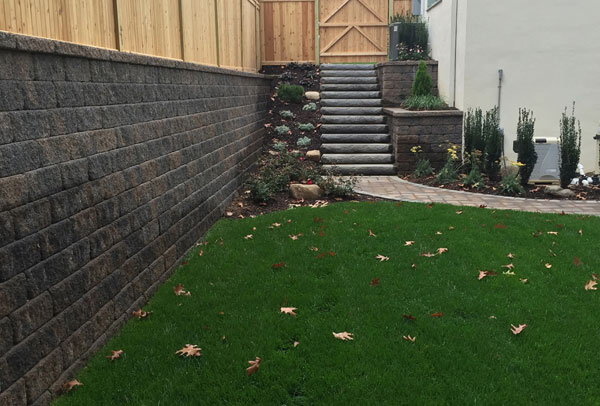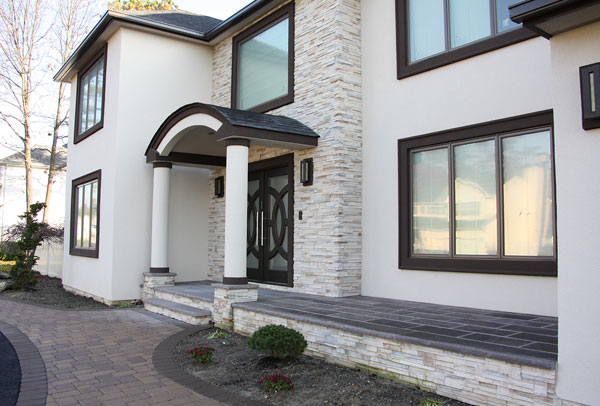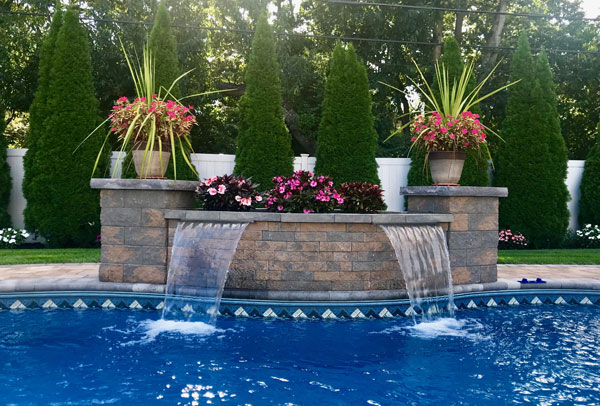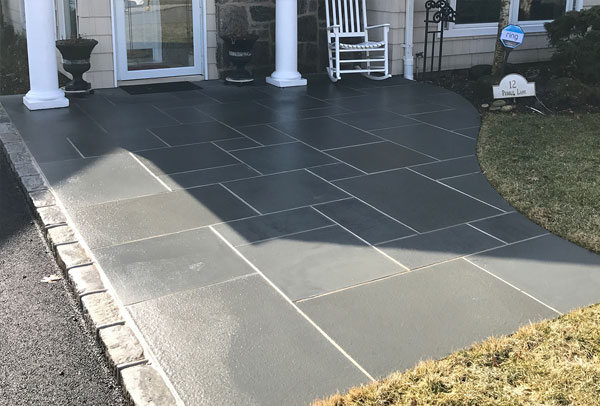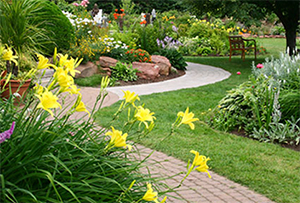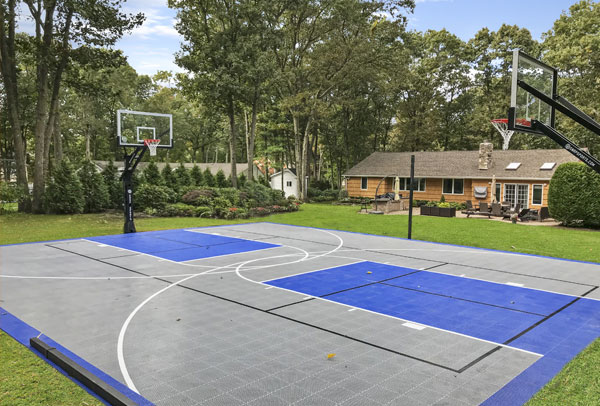The art of constructing with stone has certainly come a very long way. Over the years, masonry construction has undergone a significant evolution. Not too long ago, Long Island masonry contractors didn’t have much to choose from. Nowadays, there’s overwhelming amounts of stone, materials, patterns and textures for contractors and Long Island homeowners to choose from.
Even if you have only a vague grasp on natural stone and its role in construction, in this post we’ll tackle the basics. Essentially, we’ll provide you with a basic knowledge of natural stone and how it can flawlessly upgrade your next project.
This is Stone, This is Not
You might assume that anything made of stone is all the same material, right? However, while this is a popular assumption, you’d be incorrect. Essentially, when it comes to masonry, there are two major material categories: natural stone and synthetic stone. It’s really that simple.
How do you tell the two apart? As a matter of fact, it’s incredibly simple. First of all, organic stone will have a rough and coarse texture. All you have to do is reach out and touch it. Usually, manufactured stone will be unnaturally smooth. However, in many cases synthetic stone is processed with molds and casts that replicate natural ridges and textures. This makes the construction process easier for the masons.
Stone Rhetoric
You’ve got the fundamentals of natural and manufactured stone. Next, let’s explore the common vocabulary you’ll hear in discussions about natural stone and stone masonry.
If you’re observant about popular architecture, you’ll notice that few buildings actually use stone as their primary support structure. Nowadays, contractors incorporate stone purely for aesthetic reasons. Obviously, stone makes for an exquisite appearance.
Several stone companies will use natural stone as an accent for their projects. Therefore, there are a few different types of stone for this purpose. These include full veneer and thin veneer stone.
Usually, full veneer has a bed depth of three to five inches. On the other hand, thin veneer’s bed depth is just 3/4 inch to 1 1/4 inch. Both of these are made of natural stone. However, there are a few notable differences worth remembering.
First and foremost, the installation processes differ. During full veneer installation, you must incorporate a ledge for the stone to rest on. In addition, you must anchor the stone to the wall with wall ties or another anchoring device. Thin veneers don’t require support ledges, and can affix to the wall with a simple masonry adhesive.
The Process
Working with natural stone presents some challenges. In fact, there’s a reason why it’s seen more as an art than anything else. Natural stone is hard, difficult to sculpt and demands an extraordinary amount of time. Often, the mason must spend a lot of time piecing it together in order to interlock the components. Additionally, you should never attempt masonry repairs on your own. They should always be left to the professionals.
Of course, this is antithetical to the time limits most contractors have to deal with. Inexperienced stone workers sometimes try to rush through the process to save time and money. However, this always produces undesirable results. Basically, any natural stone project requires a great deal of time, skill and finesse in order to do properly.
Large natural stone projects also require a great deal of teamwork and collaboration. And in this case, communication is essential in order to do the project right. Creating a natural stone project involves a lot of pieces (literally) that must assemble seamlessly in order to complete the facade.
If the team does not communicate and act as a unit, trouble is inevitable. Severe masonry problems can pop up and lead to disaster. However, if the team is on the same page from the beginning, the results will be incredible.
Conclusion – Flawless Masonry
As Long Island’s most reliable and experienced masonry contractor, Flawless Masonry knows the precise ins and outs of natural stone. Natural stone projects aren’t just an amazing accent to any structure, they can also add tremendous value to your home.
For more information on natural stone projects for you and your home, contact us today!

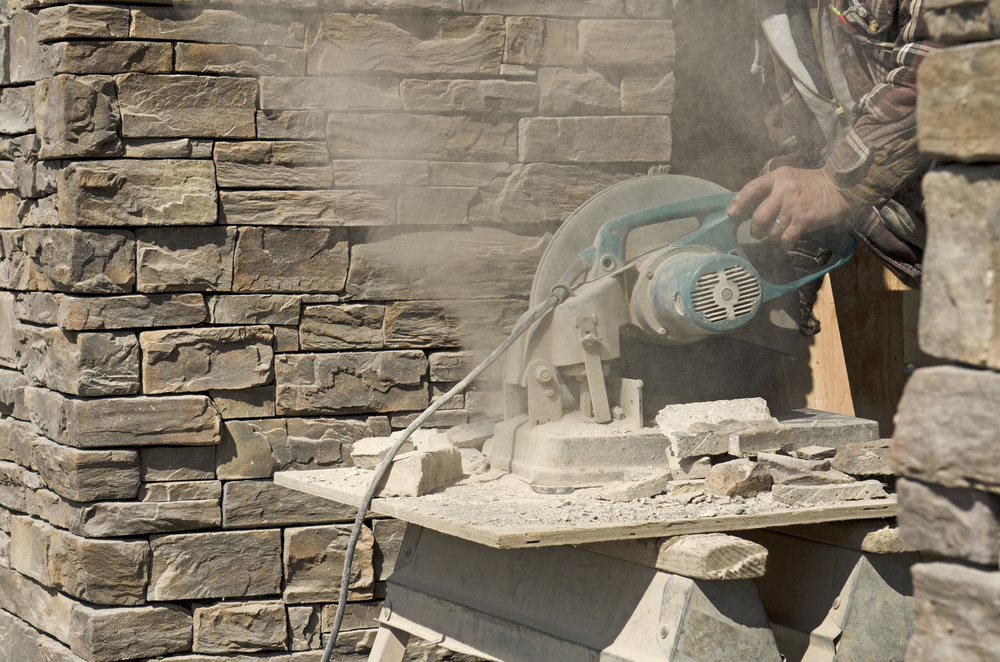
 The Flawless Masonry Advantage
The Flawless Masonry Advantage

